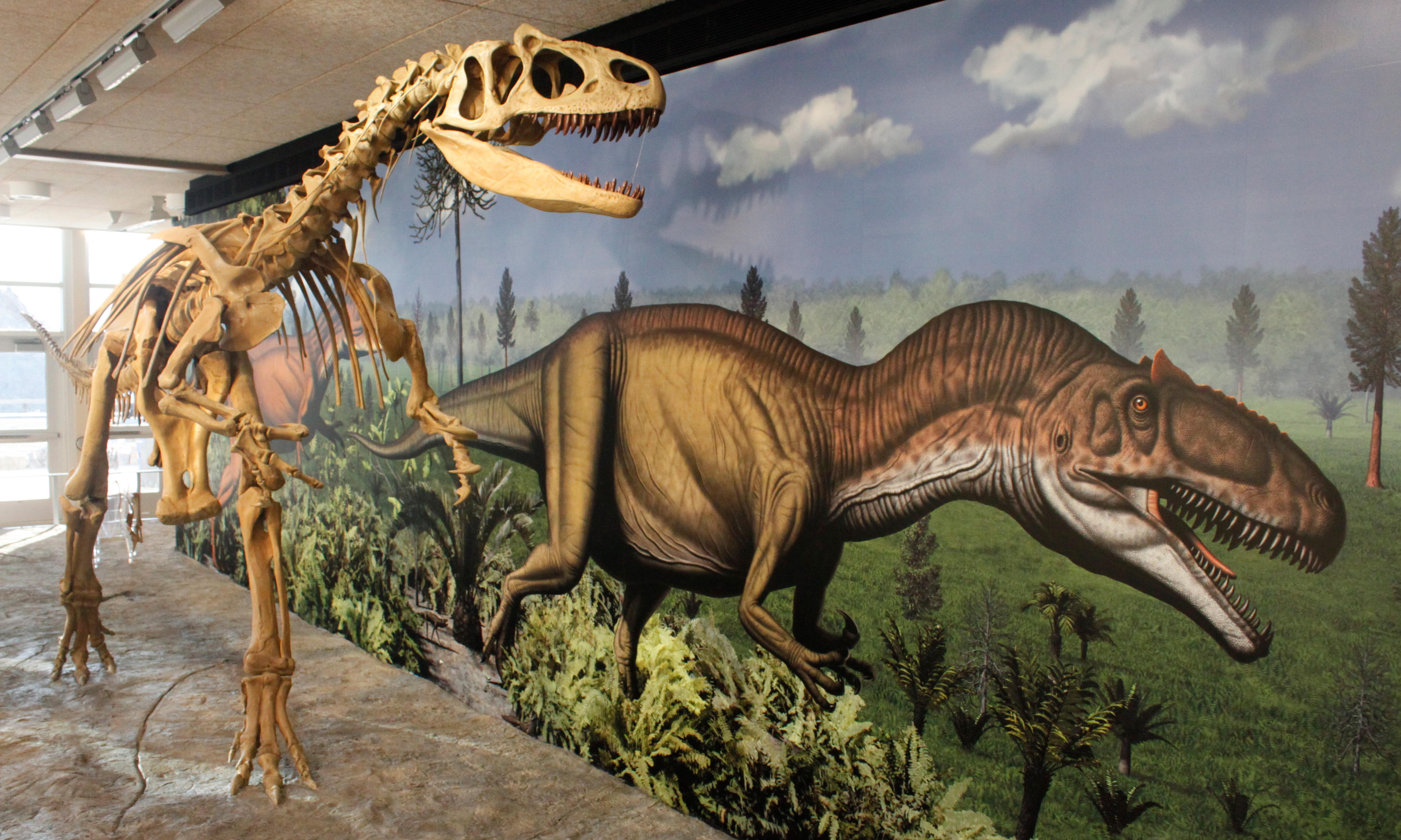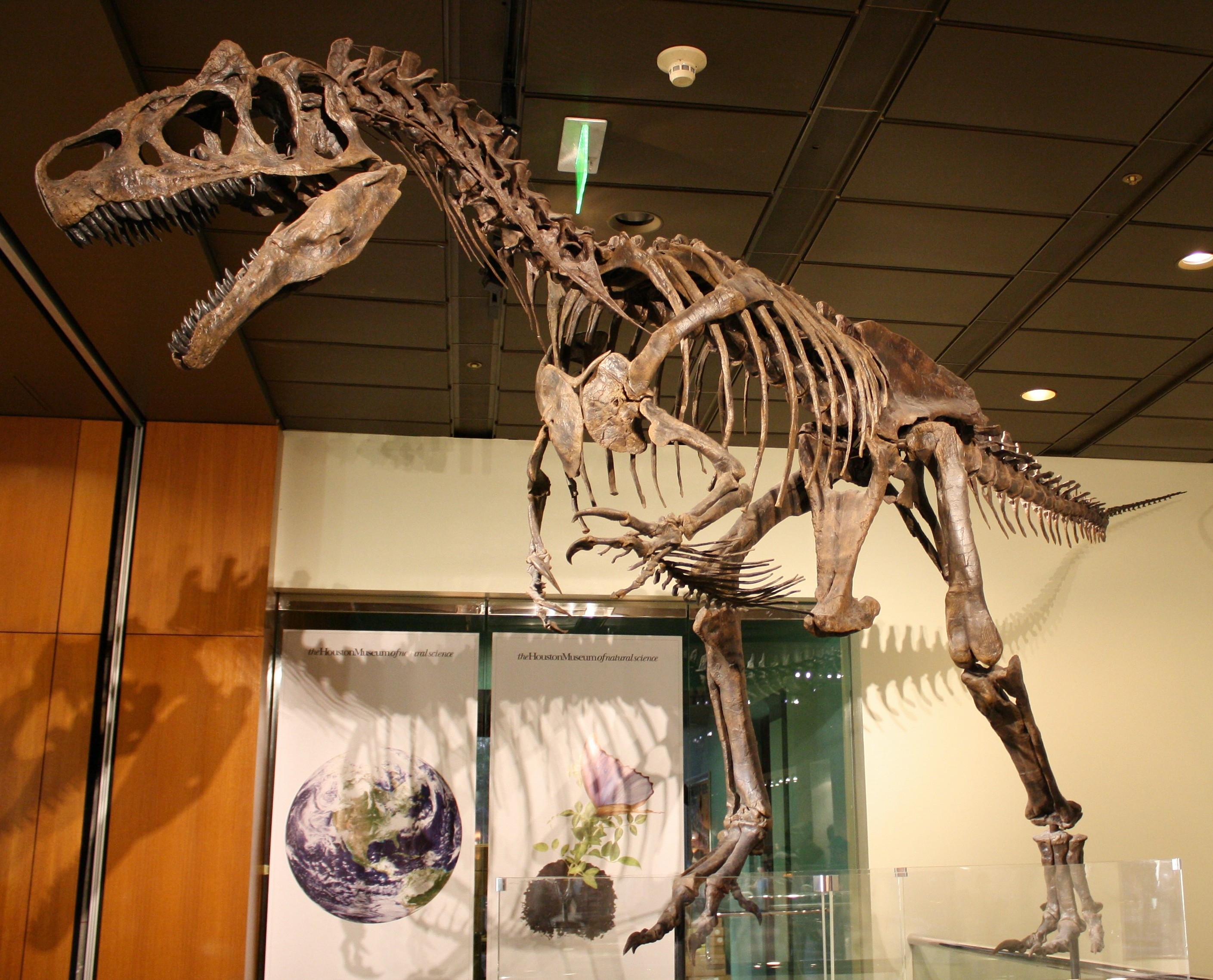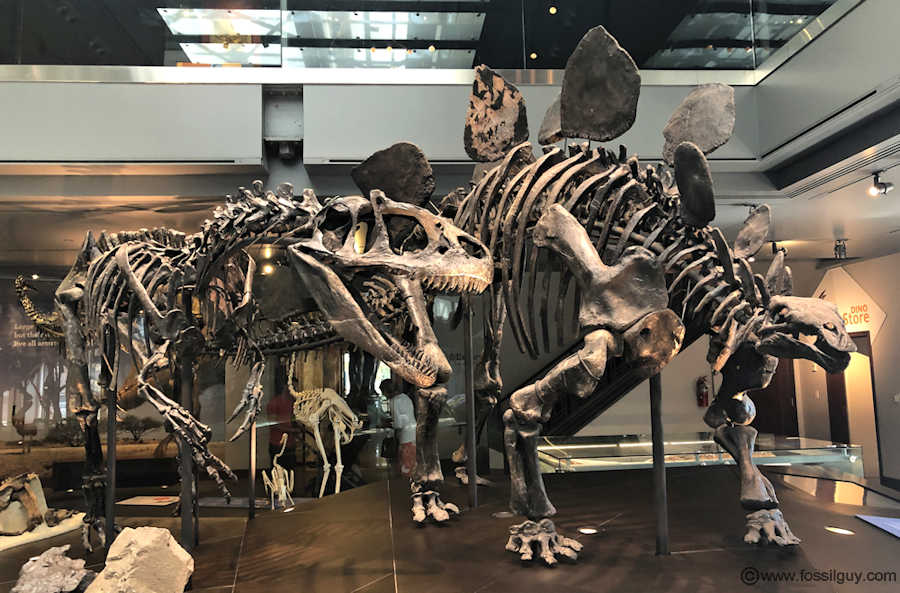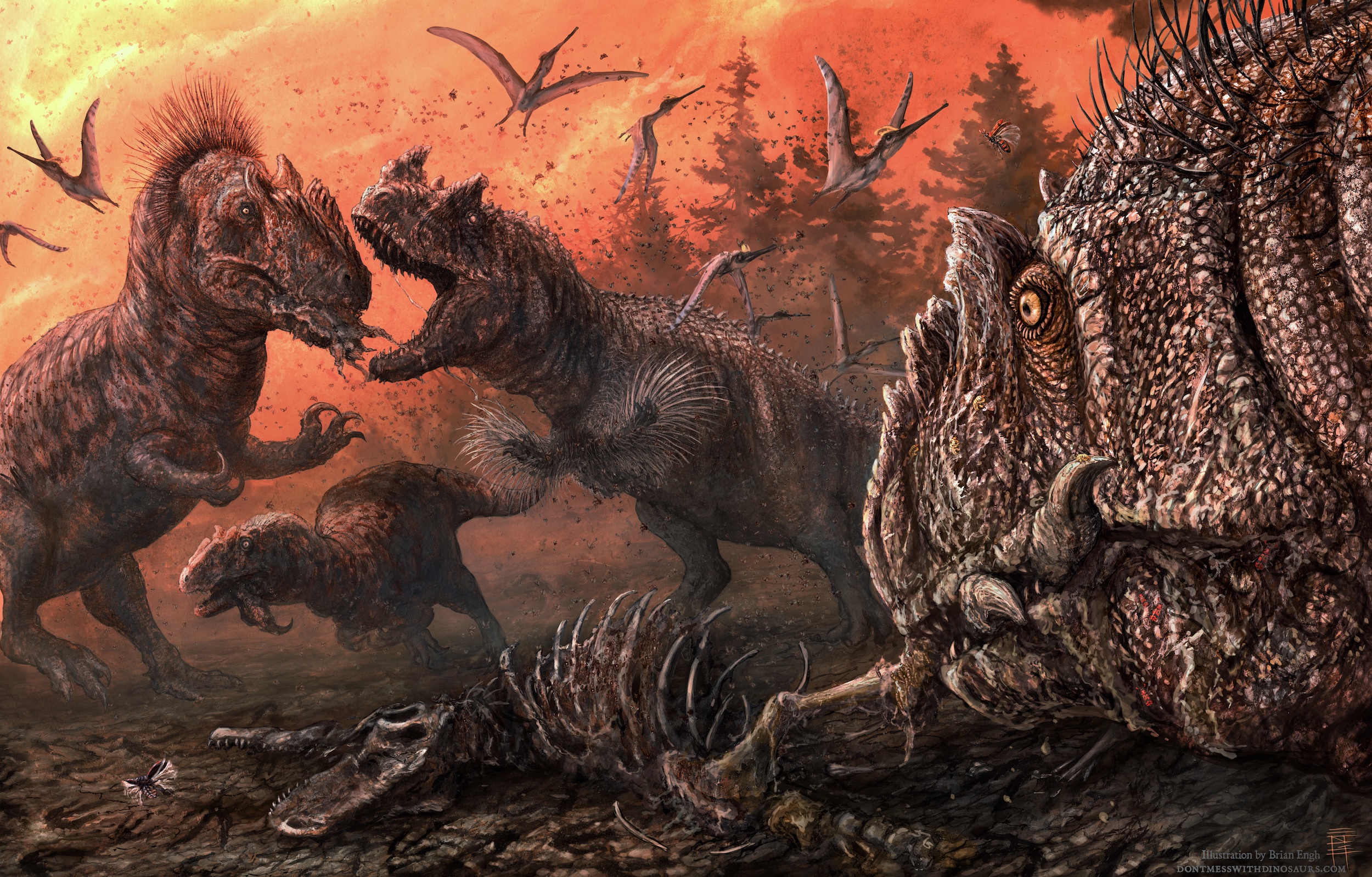Paleontologists in Utah have unearthed Allosaurus jimmadseni, the older cousin of Allosaurus fragilis, believed to have roamed the Earth around 157 million years ago during the late Jurassic period.

In a recent discovery in the world of science, paleontologists have unearthed Allosaurus jimmadseni in Utah, a meat-eating dinosaur, the oldest of its kind, believed to have existed some 157-152 million years ago.

The fossils of this newly discovered dinosaur species were unveiled at the Natural History Museum of Utah. These carnivorous dinosaurs, belonging to the group called Allosauroids, are believed to have inhabited the semi-arid floodplains of the Morrison Formation in the interior of western North America during the Jurassic and Cretaceous periods.

Allosaurus jimmadseni is even older than Allosaurus fragilis, which was once designated as the state’s official fossil. The two can be distinguished by their skulls, as the former had a lightly built skull, thereby possessing a different feeding behavior as well. Based on the remains, the researchers have estimated the dinosaur’s height to be around 26 to 29 feet and its weight to be around 4,000 pounds.

The initial skeleton was discovered by George Engelmann of the University of Nebraska, Omaha, within Dinosaur National Monument. Later in 1996, the radioactive skull of the headless skeleton was discovered by Ramal Jones of the University of Utah, with the help of a radiation detector.

This time, it was the radioactive skull that was located first, which is not uncommon as surrounding sediments result in radioactive elements leaching into the bones over time.
After identifying the skull, the team at Dinosaur National Monument managed to identify the remaining body of the newfound species as well. Utah is a hub of fossilized dinosaur remains.

The Dinosaur National Monument grabbed attention back in 1909 when Earl Douglass, a paleontologist from the Carnegie Museum of Pittsburgh, found eight dinosaur tailbones protruding from a sandstone hill. Later, in 1915, the site was declared a national monument.

Today, tourists visit the monument’s Quarry Exhibit Hall to gaze at a rock wall of approximately 1,500 fossilized dinosaur bones, or to take a rafting trip down the Yampa or Green rivers that course through the monument.




